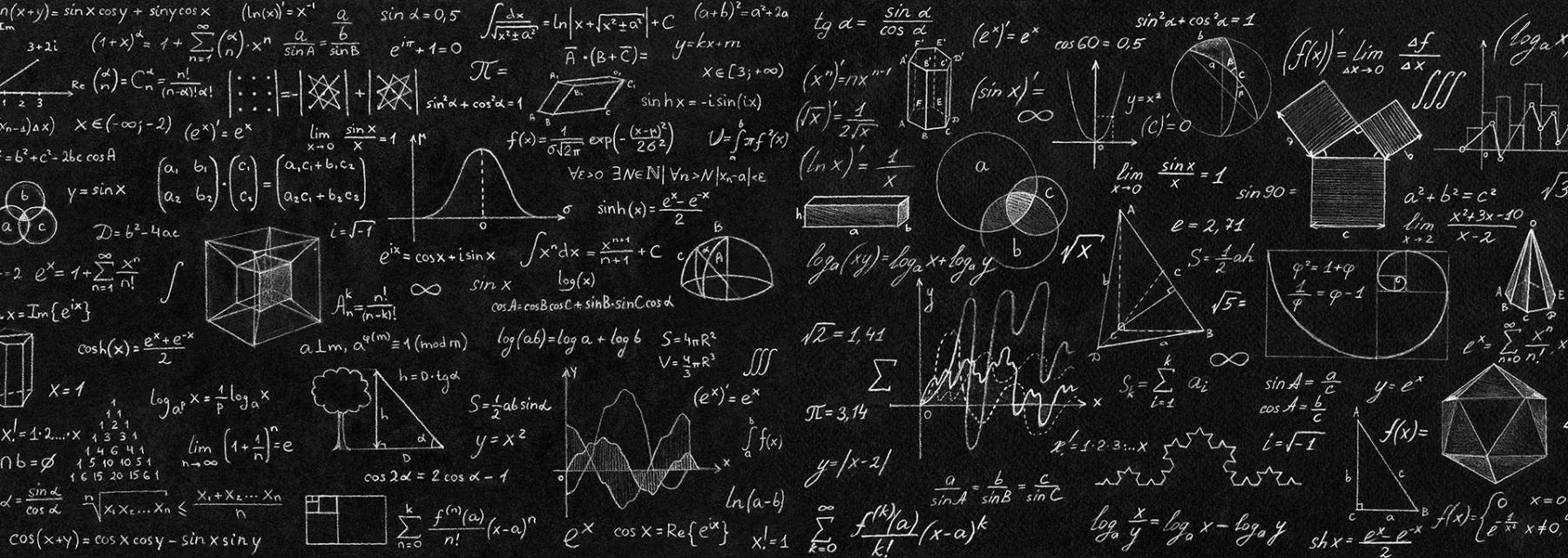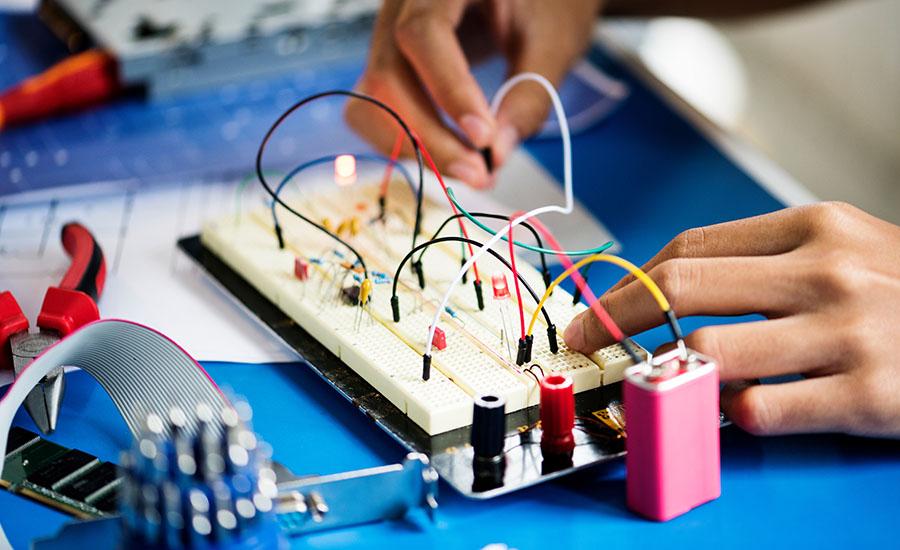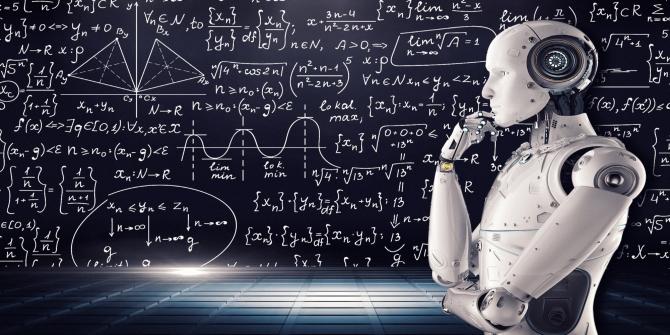
Rad Roller Coasters Part 2: Calculations and Presentations
by Tessa Cassano
Rad Roller Coasters Part 2 comes at the end of our paper roller coaster project. Students will collect data on their coaster and use that to calculate velocity, potential energy and kinetic energy. Groups will then create a stats poster for their coaster to be displayed along side their build.
Lesson Plan Link/URL
https://docs.google.com/presentation/d/1dV-J3Gk05A3X-EJo8R_PPuAxa3FASZqX/edit?u…Subject Area
Science Physical Science P2: Objects at a Distance P3: Net Force P4: Energy Transfer Technology 5. Computational Thinker 6. Creative Communicator Engineering S2: Apply the Engineering Design Process S3: Apply Mathematics to Engineering S4: Apply Science to Engineering S7: Apply Project Management to Engineering Mathematics Measurement and Data (MD) Expressions and Equations (EE)Related Content

Grades:
6th Grade, 7th Grade, 8th Grade
Students will apply STEM principles to design and build a working circuit in the shape of a heart, incorporating science concepts, technology tools, engineering skills, and mathematical calculations.

Grades:
4th Grade
In this lesson plan, students will be able to build a simple electric motor and study how simple changes affect the motor's rotation. They will learn how energy comes in many forms, and how electric

Grades:
6th Grade, 7th Grade, 8th Grade
Students will be able to learn how the hydraulic system works. With this in mind, you will be able to design a hydraulic marble game using materials provided. At the same time, they will be able to